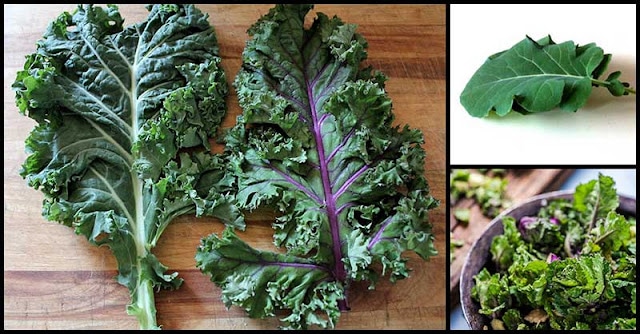By now, we all know that kale is good for you, and health food blogs are packed with ideas on how to use this versatile, tasty, and nutrient-dense green leafy vegetable. But what if you feel like having a tasty kale smoothie or a filling kale soup, but your local grocery store does not have any fresh kale? In such a situation, the most obvious thing to do would be to see if they have frozen kale and then simply use frozen kale instead of fresh kale in your recipe.
However, not all grocery stores carry frozen kale, and sometimes you may have to (or you may want to) opt for an alternative. The good news is that there are a lot of different vegetables that can be used as substitutes for kale in everything from smoothies and juices to soups and green wraps. So, if you need to swap out the kale in a recipe, here are 10 great alternatives:
Savoy Cabbage
The best substitute for kale in terms of taste and texture
As kale and savoy cabbage are both members of the Brassica family of plants, it is not surprising that savoy cabbage is quite similar to kale in terms of taste and texture. The mild-tasting, crinkled leaves of savoy cabbage are the perfect substitute for kale in recipes for stuffed kale rolls and soups. And, in case you have a craving for kale chips but don’t have any fresh kale on hand, try making savoy cabbage chips instead—you’ll hardly notice the difference! In addition to being probably the best substitute for kale in terms of taste and texture, savoy cabbage also has health benefits that rival the benefits of its botanical cousin.
Mache
A great alternative to kale in salads and smoothies.
Although mache has a much milder flavor than kale, its delicate leaves make a good alternative to kale in raw applications such as salads and smoothies. In fact, because of its mild flavor, mache is considered one of the best ingredients for green smoothies in general, and along with baby spinach, it is probably the best substitute for kale in smoothies. And, aside from pairing nicely with fruits in smoothies, mache is full of nutrition.
Gai Lan
Makes a great stand-in for kale in Asian-style stir-fries.
Also known as Chinese broccoli, gai lan is a great substitute for broccoli, but you can also use it to replace kale in a wide variety of recipes. The nutrient-dense gai lan has a flavor similar to broccoli, but with its leafy tops, it looks more like kale or broccoli rabe (rapini). Available at Asian markets and some regular supermarkets, gai lan is particularly tasty when sautéed with garlic, but it is also wonderful in Asian-style stir-fries.
Bok Choy
Another good substitute for kale in stir-fries.
Also known as pak choi, bok choy is one of the most popular green leafy vegetables in Asia, and it lends itself well as a substitute for kale in stir-fries. When using bok choy in cooking, be sure to also use its white stalks—unlike kale stems which can be quite woody, bok choy stems are crunchy and juicy.
Collard Greens
Can be used interchangeably with kale in a variety of recipes.
With their dark green leaves and tough stems, collard greens look a lot like some types of kale. Also, the flavor and health benefits of collard greens are similar to those of kale, which makes sense since kale and collards are closely related botanically. While collards and kale can be used interchangeably in a variety of recipes, briefly cooked collard greens are a particularly good substitute for the flat black kale leaves in green wraps. (For those who missed the memo, green wraps are like tortilla wraps except that they feature leafy greens like collards and kale instead of wheat-based wraps.)
Swiss Chard
A food choice if you need a mild-tasting alternative.
Like collard greens, the large leaves of Swiss chard make a good substitute for kale in green wraps. But unlike collards, the mild-tasting chard is not closely related to kale and does not have that characteristic cabbage taste that most Brassica vegetables have in common. Also, the potential health benefits and side effects of Swiss chard are somewhat different from those of Brassica vegetables.









